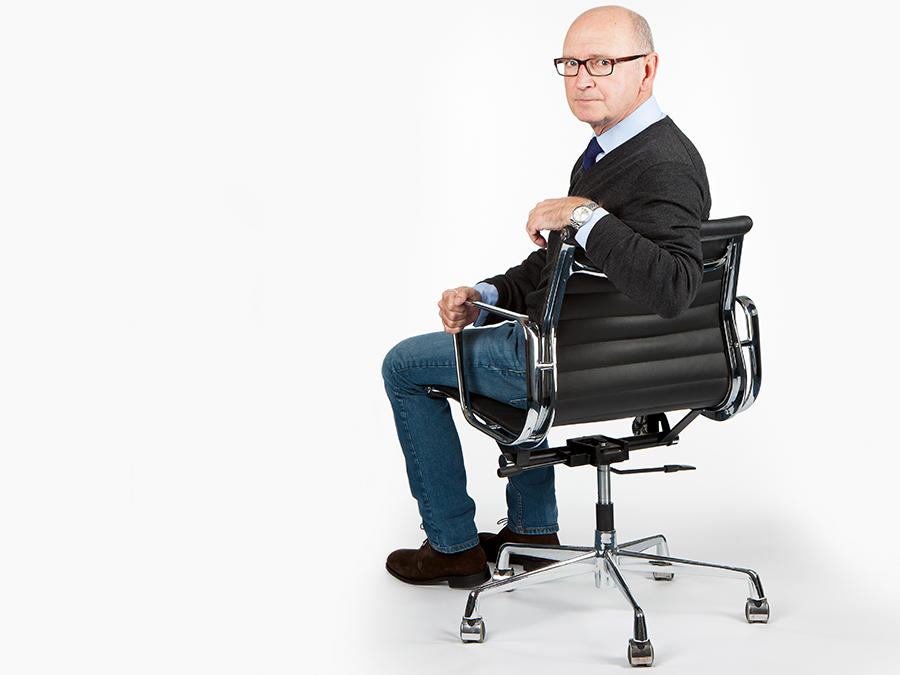Smartphones as a measurement tool

The internet, particularly the mobile internet, has revolutionised the way people interact with media. Consumers now have access to a fantastic array of choices and have the means to control what media they consume, where and when.
This creates many measurement challenges; however, one of the major reasons for this growing complexity – the smartphone – also offers the means to not only reach increasingly uncooperative respondents, but also to precisely monitor their actions.
A person’s relationship with their mobile phone is incredibly personal. Many people – particularly in the younger age groups – are totally dependent on their smartphones; they carry them throughout the day and place them on the bedside table at night. The alarm wakes them in the morning and, from that moment on, they provide the user with news, communications, information, entertainment, shopping, directions and so on. People, on average, use their phone every other minute.
Given that smartphones are with consumers throughout the whole day, they can be used in a variety of ways to interview respondents – from administering a standard questionnaire to asking interactive questions that are served after specific actions by the respondent, such as browsing a certain product or service, or entering a location. Not only can the respondent answer questions, they can also supply photos and/or videos of their situations, and take part in discussions – all of which are then transmitted back in real time.
Smartphones can also be used as monitoring devices; the total use in terms of calls, browsing, apps and location can be passively monitored via an easily downloaded app. Phones can also be fitted with technology to monitor which television and radio programmes are being received, and, of course, respondents’ locations can be tracked by GPS.
The use of smartphones as a measurement tool is a game changer and is growing rapidly as technological advances allow us to do more and more – for the most part, all relatively cost-effectively. However, we have to ensure we treat our smartphone respondents with respect, making sure we do not breach data privacy guidelines and ensuring that the respondent has given full permission to use their data.
We also need to make sure that we do not overload them with questions and that those questions do not become too intrusive. Last, but certainly not least, we need to make sure that we do not drain their batteries!
Paul Bainsfair is director general of the Institute of Practitioners in Advertising (IPA)

We hope you enjoyed this article.
Research Live is published by MRS.
The Market Research Society (MRS) exists to promote and protect the research sector, showcasing how research delivers impact for businesses and government.
Members of MRS enjoy many benefits including tailoured policy guidance, discounts on training and conferences, and access to member-only content.
For example, there's an archive of winning case studies from over a decade of MRS Awards.
Find out more about the benefits of joining MRS here.














0 Comments